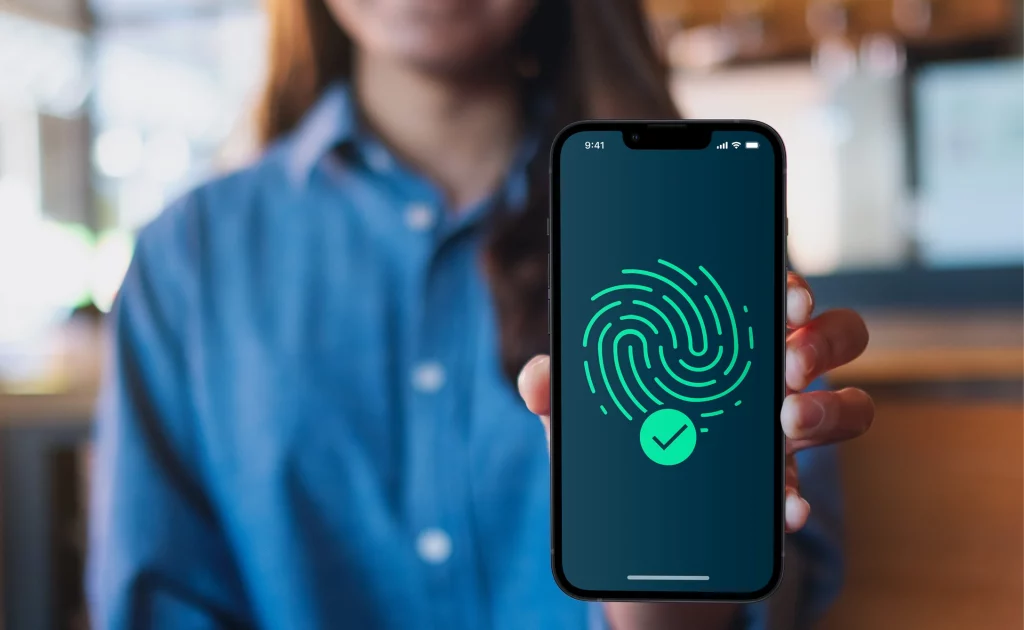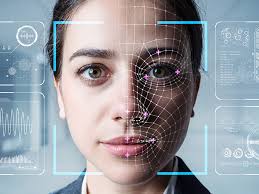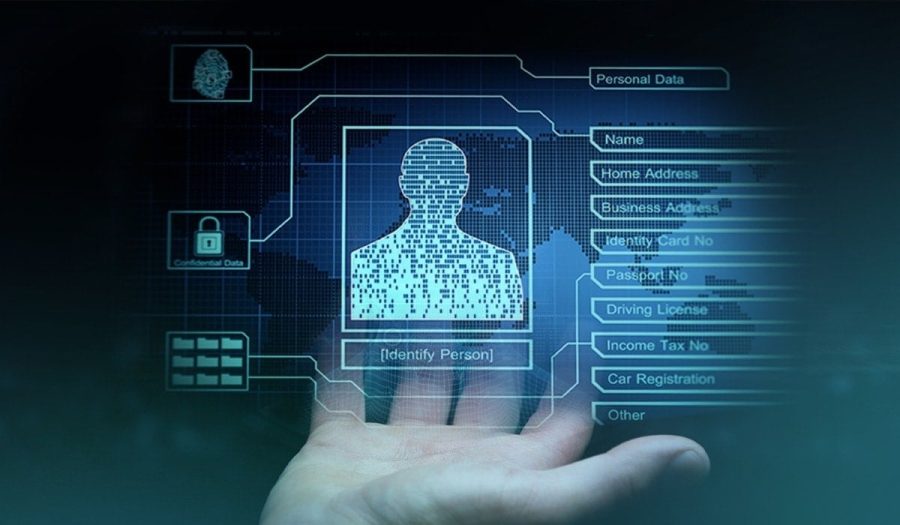In today’s digital world, how we express and construct our identities has evolved so much, especially for students like me. Platforms like social media, blogs, and vlogs give us incredible tools to explore and share who we are. These digital spaces aren’t just about posting—they’re about telling our stories, connecting with others, and figuring out how we fit into the world.
Identity in the Digital Age
Identity is a mix of our experiences, culture, and the social circles we’re part of. Online, it feels like identity is always changing. One post or TikTok video can say a lot about our personality or values. What’s cool is that we can try out different parts of ourselves and see what fits. It’s kind of freeing to know that our online selves don’t have to be set in stone.

Storytelling and Interaction
Digital media projects—like vlogs, podcasts, or even just Instagram posts—are such creative ways to tell our stories. For me and many other students, it’s a chance to talk about what matters to us. And it’s not just about putting stuff out there—it’s about the back-and-forth that happens when people comment or interact. For example, when I’ve shared something personal online, like struggling with school or a hobby I’m passionate about, the responses can make me feel seen and heard. It’s like a conversation that helps you learn more about yourself.
Case Examples
One example is TikTok. So many creators share little snippets of their lives, using humor, music, or cool visuals to connect with others. Watching them feels like getting to know someone, even if you’ve never met. Another example is movements like #MeToo or #BlackLivesMatter. These hashtags let people share really personal, powerful stories, making it clear how digital media can bring voices together and spark real change. Seeing this reminds me how digital spaces can be about more than just fun—they can also be about meaning and impact.

Challenges and Future Directions
Of course, putting yourself out there online isn’t always easy. There’s pressure to look perfect or show only the good stuff, and sometimes that can feel fake. Plus, online harassment or censorship can make it hard to be fully yourself. Looking ahead, it’s exciting to think about things like virtual reality (VR) and augmented reality (AR) giving us even more ways to explore identity. But we also need to think about how algorithms control what we see and how that shapes who we are online.
At the end of the day, being online is a journey of figuring out who we are and who we want to be. The stories we share and the connections we make shape us just as much as we shape them. So next time you’re posting or scrolling, take a moment to think: What’s my story, and how does it shape the way I see myself and others?


I like this article because it delves into the impact of digital media on the construction of personal identity, emphasising the role of social media in self-expression, networking and advocating for change. It reminds us that while digital platforms offer endless possibilities, they also come with challenges, and the article looks at how VR and AR technologies are further transforming our identity experience. It reminds us that as participants in the digital age, we should think critically about our online behaviour and express ourselves authentically. Loved it!!!
It has let me, through social media platforms such as Instagram, connect to others over experiences at the very core of what we associate with life itself and build a community. This same action, however, pressed forth pressures to conform certain postings towards popular views, many times contradictory to the more free-willed expression of self.